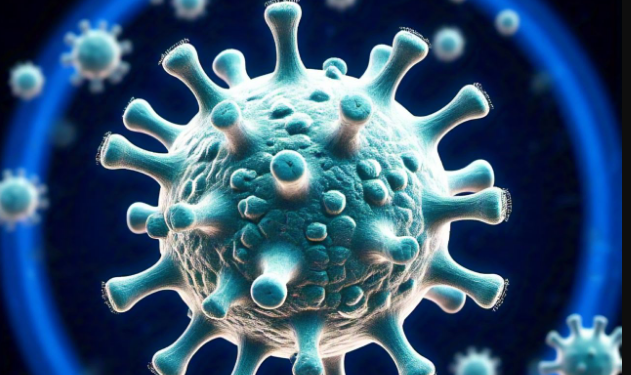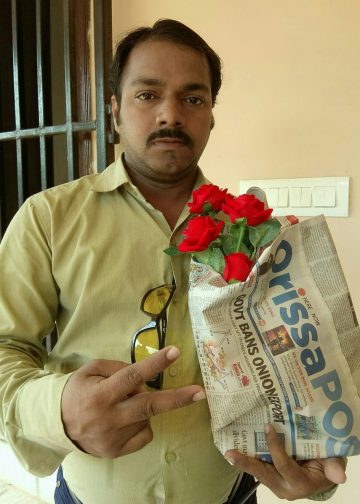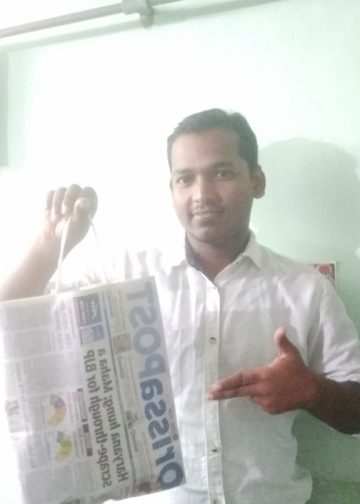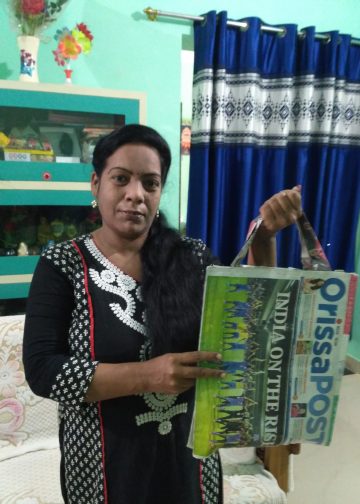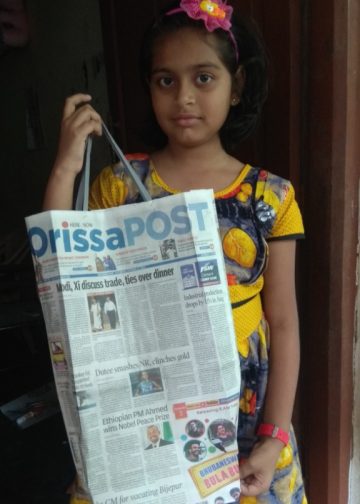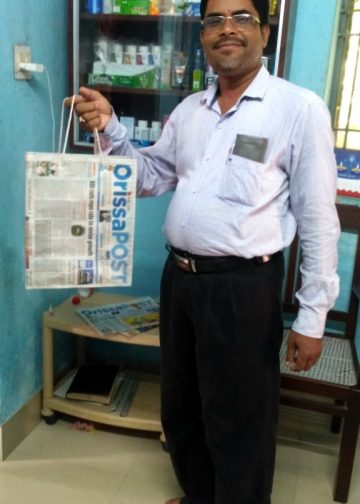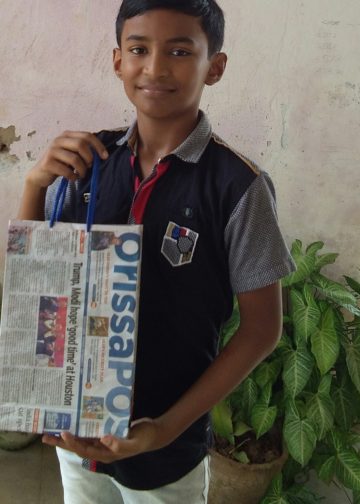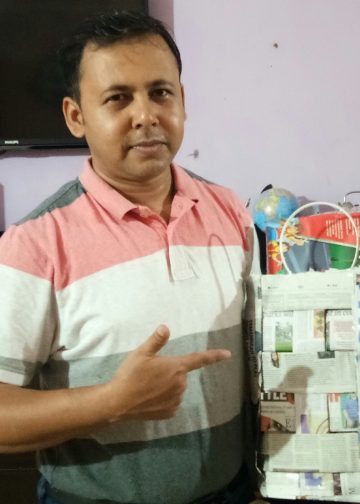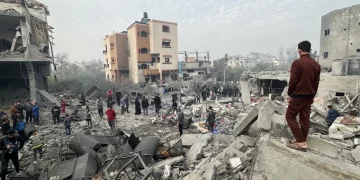As India grapples with rising concerns over human metapneumovirus (HMPV), health authorities have stepped up efforts to ensure public safety. This comes after two cases were detected in Karnataka, prompting the Union health ministry to issue guidelines.
The Indian Council of Medical Research (ICMR) identified the cases as part of its surveillance programme for respiratory illnesses. While HMPV is not new, its implications remain significant, particularly for vulnerable groups.
A virus with a long history
HMPV has quietly circulated among humans since the 1970s, although it was only identified by scientists in 2001. Studies suggest the virus contributes to 4-16 per cent of acute respiratory infections globally, with cases often peaking between November and May.
Several virologists opine that Human metapneumovirus is not a killer disease. It generally causes mild cold-like symptoms. Yet, for infants, the elderly, or individuals with compromised immunity, HMPV can lead to severe respiratory conditions such as pneumonia or bronchiolitis.
Also Read: Odisha govt prepared to tackle any situation, health official on HMPV
How it spreads?
HMPV transmits through respiratory droplets when an infected person coughs, sneezes, or talks. Its incubation period ranges from three to five days. According to the USCDC, there is no vaccine or antiviral treatment for the virus, leaving supportive care — hydration, rest and symptom management as the primary recourse.
Advanced diagnostic tools like the BioFire panel can detect HMPV alongside other pathogens, though these tests are costly and not widely accessible. As a result, many cases go undiagnosed unless severe complications arise.
Why the surge now?
Experts attribute the recent spike in cases to various factors. “Immunity debt” caused by pandemic-era restrictions is one reason, says Dr Amitav Banerjee, a former field epidemiologist. Reduced exposure to viruses during lockdowns left children more vulnerable to infections. Seasonal factors, such as cooler weather, also contribute to the virus’s spread.
A seasonal pattern
Colder months often see an uptick in respiratory illnesses. Reduced sunlight and lower temperatures provide ideal conditions for viral transmission. Despite these concerns, health experts emphasise that HMPV is not a cause for alarm.
Safety measures:
The health ministry has issued a checklist of precautions to minimise risks:
Cover your mouth and nose with a tissue or handkerchief when sneezing or coughing.
Wash hands frequently with soap and water or use alcohol-based sanitisers.
Avoid crowded places, especially if feeling unwell.
Stay hydrated and avoid self-medication.
Ensure proper ventilation in indoor spaces.
What to avoid:
Reusing tissues or handkerchiefs.
Close contact with sick individuals.
Touching your face frequently.
Spitting in public spaces.
Symptoms to watch for
Common signs include fever, cough, sore throat, and a runny or stuffy nose. More severe symptoms, such as wheezing or shortness of breath, are rare but can occur in high-risk individuals.
While HMPV shares similarities with RSV and other respiratory viruses, its lack of a vaccine underscores the importance of preventive measures. As states continue to monitor cases, experts urge the public to stay informed and vigilant.
PNN

